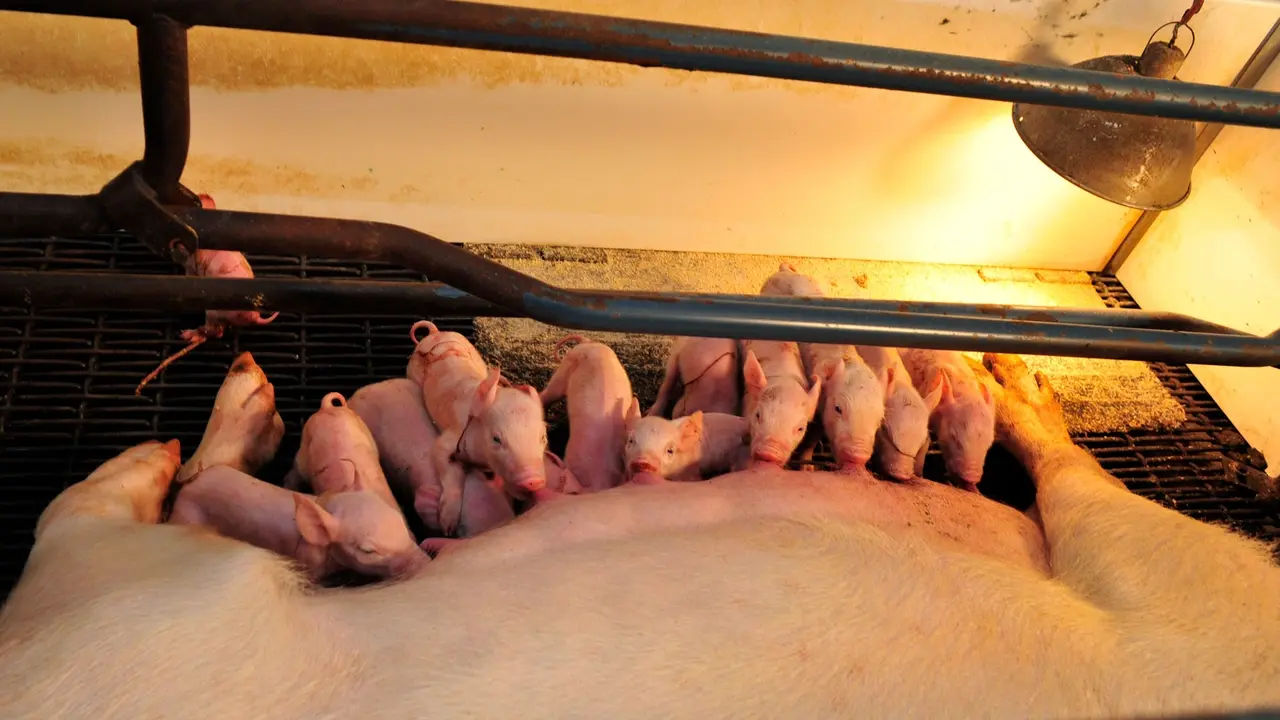Although China purchased a record amount of U.S. farm exports over the past two years, it wasn’t...
U.S. Hog Inventory Up Slightly

Shortly before Pork Month (October) was ushered in, the swine industry got a glimpse at the latest numbers as the USDA’s National Agricultural Statistics Service issued the quarterly Hogs and Pigs Report.
That report shows that as of September 1, there were 76.5 million hogs and pigs on U.S. farms, up slightly from September 2023 and up 2% from June 1. Of those, 70.4 million were market hogs and 6.04 million were kept for breeding.
Once again, U.S. hog producers are doing what they do best and that is raise pigs: From June through September, an average of 11.72 pigs were weaned per litter. The number of pigs weaned per litter continues a record trend, as it has over the last several quarters.
Though the June-to-August pig crop just over 35 million pigs is off the record of 36.4 million head in 2019, it is not far off considering the “kept for breeding” numbers come in at 6.04 million, down 2.2% from 2023.
U.S. farrowing intentions come in at 2.96 million sows farrowing between September and November, and 2.93 million sows farrowing between December 2024 and February 2025.
The big three, as in states with the largest pig inventory, remain the same: Iowa producers boast an inventory of 25.5 million head, Minnesota has 9.40 million head and North Carolina is third with 8.20 million head.
That many hogs translates into a lot of pork that needs to end up on the plates of consumers, both domestically and abroad. Any disruption in the supply chain can spell doom for the swine industry. One such threat was thwarted when the International Longshoremen’s Association and the U.S. Maritime Alliance Ltd. reached a tentative agreement on wages and agreed to extend the master contract until the middle of January 2025. These two groups will continue to negotiate all other outstanding issues, but the work that had halted in early October has resumed.
In a statement from the U.S. Meat Export Federation, President and CEO Dan Halstrom says, “I want to thank all parties involved in the effort to get cargo moving again off the East and Gulf coasts. This is a tremendous relief to everyone in the U.S. meat and livestock industries, as about $100 million worth of beef and pork products are exported every week through East and Gulf Coast ports.”
"Exports are a critical revenue stream at all levels of the U.S. red meat supply chain, and our industry needs all U.S. ports operating to meet the needs of our international customers and to maintain the United States’ reputation as a reliable red meat supplier,” he says.
The port strike once again reminds producers — just as the packing plant shutdowns and slowdowns brought on by COVID-19 did — that U.S. hog producers are extremely reliant on the entire supply chain to operate as efficiently as possible. Just as they aim to maximize productivity and efficiency in their barns.
EDITOR’S TAKE:
Domestic production will be on the rise and exports will continue for the time being. Good news for consumers. Plus, with feed costs and interest rates lower, farmer margins should improve. Pork production is on a much faster cycle than beef, thus, allowing producers to adapt quickly to changing market conditions. You might want to reach out to pork producers in your area with some fall service specials that entice them into your dealership. Once there, see if they might be interested in a new truck or SUV or even an AgWagon!








